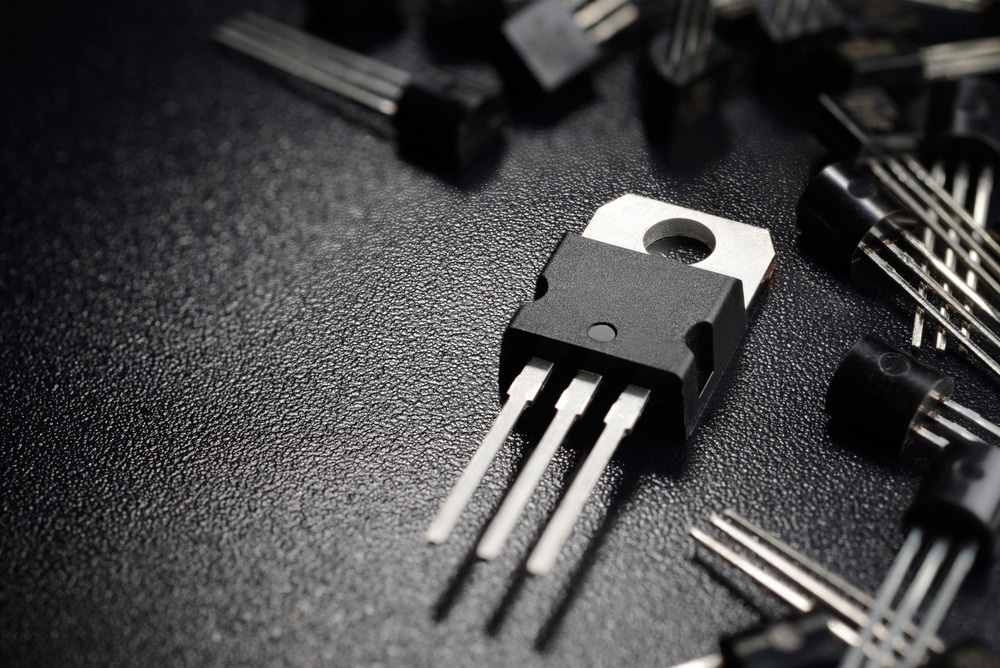Image Credit: Andrei Kuzmik/Shutterstock.com
Tapping into the Power of Transistors
Ferroelectrics to the Rescue
Enter Ferroelectric Tunnel Field-effect Transistors (Ferro-TFET)
Single Domain Dynamics & Defects – An Achilles Heel to Scaled Ferroelectrics
The Pursuit of Progress
More from AZoM: Alternative Electrode Materials for High-Performance Batteries



No comments:
Post a Comment